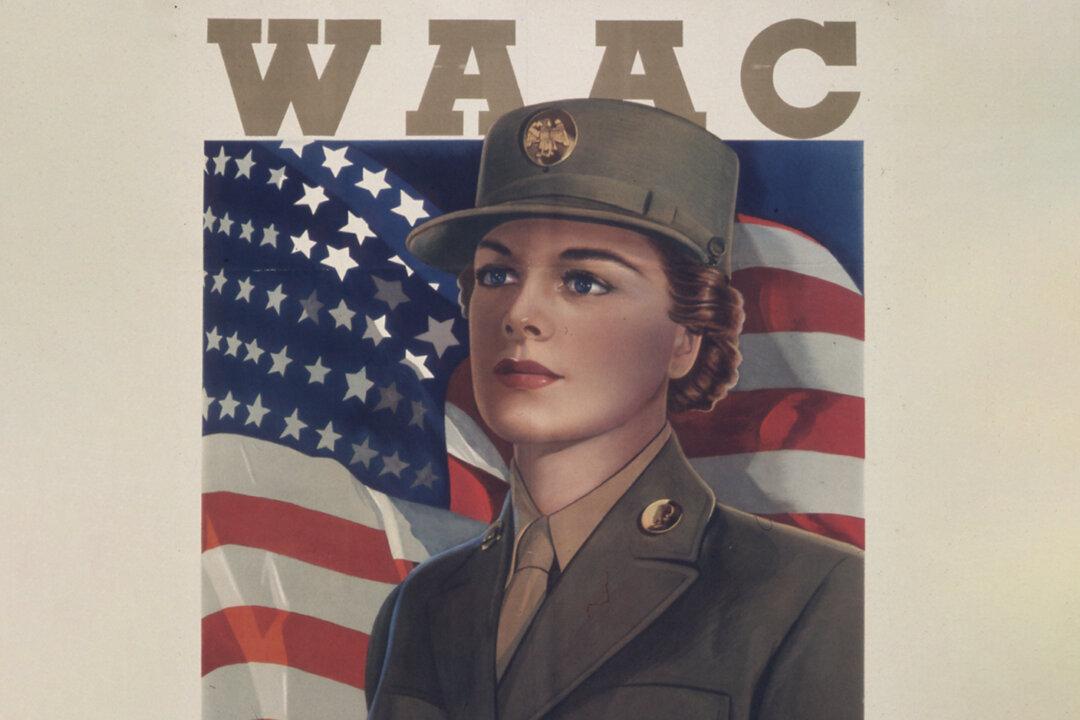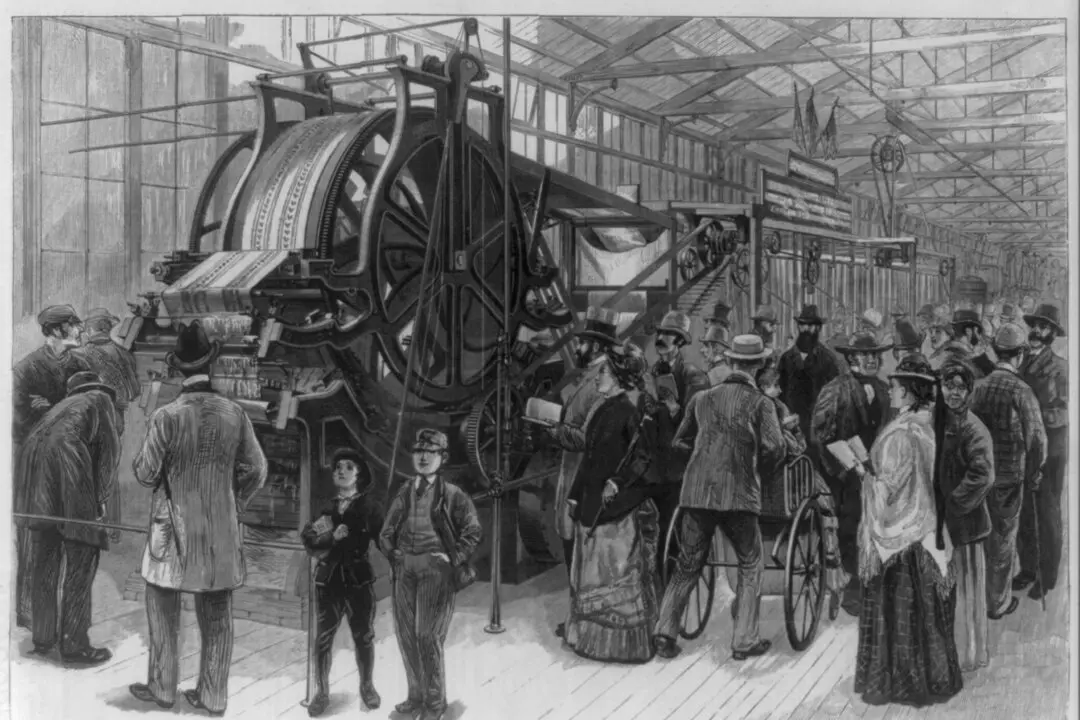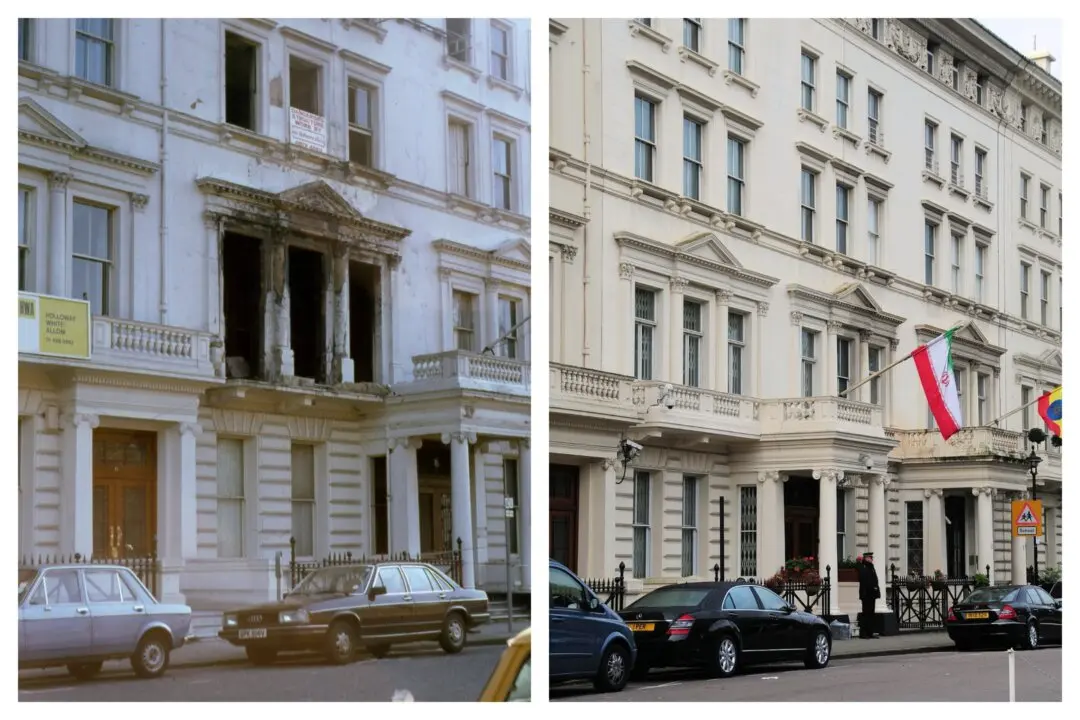Throughout U.S. history, women have served a vital role on the front lines in every war and conflict. In fact, many women disguised themselves as men to fight in combat in the Revolutionary War.
Since then, and at the onset of World War II, women officially only served strictly supportive roles and didn’t have the same benefits as full members of the U.S. military. But in 1941, just as WWII was starting in Europe, Massachusetts Congresswoman Edith Nourse Rogers (1881–1960) knew something had to change.






